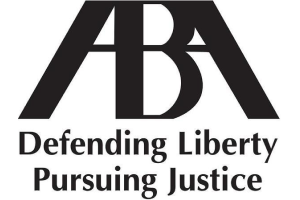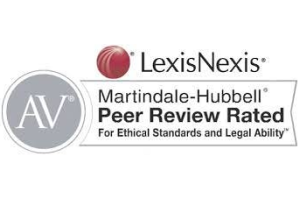Experienced, Creative, and Aggressive Representation To Protect Your Rights and Your Future. Contact Barry Helfand, David Helfand, David Martella and Raquel Smith.
Domestic Violence Protective Orders
The following is provided for information purposes only and should not be relied on as legal advice for any particular situation. For questions or issues regarding protective orders and peace orders you should consult with an attorney before making any decisions.
A “domestic violence” protective order can be applied for by:
- a current or former spouse of the alleged abuser (the respondent),
- a cohabitant of the respondent,
- a person related by blood, marriage, or adoption,
- a parent, stepparent or stepchild of the respondent,
- a person living with the respondent for at least 90 days within the last year
- a vulnerable adult
- a person with a child in common with the respondent.
To obtain a protective order,the person seeking protective is required to present evidence that establishes “by a preponderance of the evidence” that the respondent committed “abuse” of the petitioner. “Abuse” has a specific legal definition which includes, but is not limited to, any act that causes serious bodily harm or places the petitioner in fear of imminent serious bodily harm. If a judge finds abuse has occurred, there are several forms of relief a judge may include in a protective order, including:
- ordering the respondent to refrain from contacting and/or abusing the petitioner;
- ordering the respondent to stay away from the petitioner’s residence and place of employment;
- order the respondent to leave the home (find somewhere else to live);
- order the respondent to stay away from schools or daycare centers of the children;
- order the petitioner to have custody of the children (with possible rights of visitation by the respondent);
- order the respondent to pay money to the petitioner to cover necessary living expenses;
- order the petitioner to have temporary use and possession of a vehicle;
- order the parties to participate in counselling;
- order the petitioner to have possession of the family pets.
A “domestic violence” protective order typically is ordered to be effective for one year. Violating the terms of the protective order can result in criminal charges, findings of contempt, and extensions of the protective order. Procedurally a person seeking a protective first goes to the courthouse to obtain Temporary Protective Order. This can be done at the Circuit Court or District Court.A judge may issue the temporary protective order that day, without the respondent being present in the courtroom. The order will often direct the respondent to, among other things, vacate the home and to have no contact with the petitioner. The judge will also set a final protective order hearing approximately one week later to give both parties a chance to appear and contest all of the issues. A respondent may also file a protective order against the petitioner alleging abuse by the petitioner. If the courthouse is closed when the petitioner wants or needs a temporary protective order, the petitioner can go to a commissioner’s office to obtain an “interim” protective order. If the commissioner issues the interim protective order, the petitioner is directed to appear in court on the next business day so a judge can determine if a temporary protective order should be issued.
Protective orders can have severe, long lasting consequences for the parties; and the process happens very quickly. In a matter of 10 days, decisions can be made that may separate the respondent from his home, his kids, and his money. Protective orders can also result in loss of employment, difficulty in getting security clearances, and the respondent’s ability to possess firearms. Information about protective orders is publicly accessibleon the Maryland JudiciaryCase Search website. Sometimes, criminal charges are filed for the same allegations that led to the protective order. Anything a respondent says at a protective order hearing can be used against him or her at a later criminal trial. So the decision to testify at a protective order hearing must be carefully made.
Conversely, protective orders provide a valuable tool to help protect women, children and men from abusive situations. Not all protective order cases have to end in separation and adversarial litigation. Many protective orders force spouses, partners, children and parents to address underlying issues that are causing problems in a relationship. Resolutions can be reached that result in improved behavior, counseling, or other remedies that produce long last benefits. However, there are many protective orders that are sought based on allegations that are false and without merit. Petitions are sometimes filed for vindictive or retaliatory reasons, or to gain a tactical advantage in another legal matter. If you think you havea situation regarding a protective order, please call us at (301) 251-9001.







